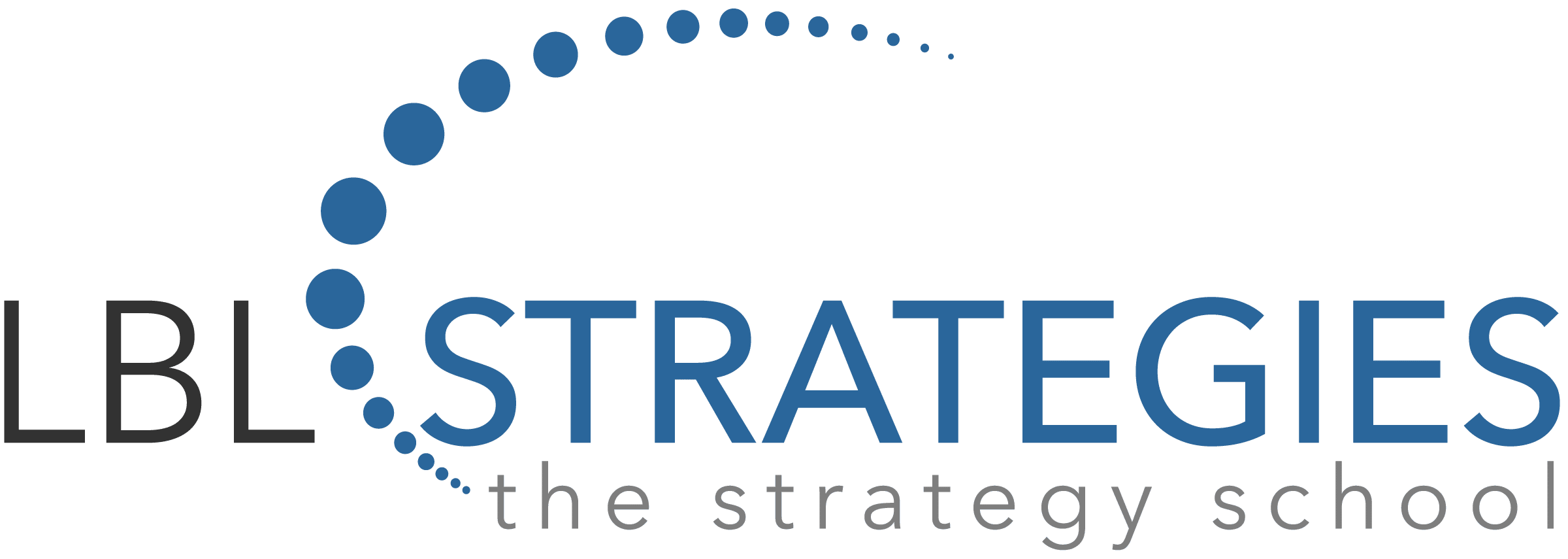Many have observed that the coronavirus pandemic has spurred coordinated action across boundaries, with researchers rapidly identifying and sharing hundreds of viral genome sequences, 200 New York hospitals collaborating on one digital health platform, and all hospitals sharing COVID-19 testing data as well as information on bed capacity and supplies with the federal government to enhance the administration’s surveillance efforts of COVID-19. This surge to partner on complex, wicked problems represents a new approach to accelerate innovation.
Increasingly, the problems that organizations face cannot be solved alone. Today’s highly interconnected economy, organizations, and systems make it difficult for any single organization to make comprehensive, positive change in the absence of collaborative problem-solving approaches. In fact, collaboration with those in other sectors – and sometimes even with competitors – can be necessary to address problems of national importance. Further, the siloed nature of many datasets and the need to combine diverse information and viewpoints to support decision making means go-it-alone approaches are often limited in their impact. Partnership-driven approaches work when the problem is bigger than what a single entity can see or control and when the nature of the problem requires a fundamentally collaborative solution.
Public-Private Partnerships (PPPs) have increasingly been used as a mechanism to deliver public good. Traditionally, most PPPs have been associated with public works and major infrastructure projects – such as the partnership to operate the Chicago Skyway toll bridge – in which a long-term, performance-based government contract to provide a public good places the management and major share of risk on the private entity.
Given data is becoming the engine of productivity, it is not surprising that government leaders are delivering on their mission through innovative, mutually beneficial analytic solutions in partnership with commercial, state and local entities, academia, and nonprofit stakeholders. By working to connect government, industry, and others, information-sharing – and at times cost-sharing – PPPs create impact that is in the public interest. These public benefits include enabling the government to be smarter and faster in responding to change, expanding mission-critical capabilities, providing better service to Americans, and growing the economy. PPPs can be applied to mission areas such as:
- Government Integrity and Efficiency: Improving program and payment integrity; identifying solutions to reduce financial fraud, waste, and abuse (including for COVID-19 payment integrity); and exploring opportunities for more efficient shared services via broad collaboration and partnership.
- Homeland Security: Enhancing cybersecurity via information sharing and analysis centers and organizations (ISACs and ISAOs) that provide curated and consumable information, while seeking to improve resiliency.
- Transportation: Accelerating the availability of safety insights while improving aviation and ground transportation safety via timely information sharing (see ASIAS example).
By sharing information that reflects the breadth of partners’ experiences and drawing on the power of their network, PPPs by definition provide a more comprehensive solution. This kind of trust-based collaboration can often detect signals in the pooled data that would not be feasible in smaller or partner-specific datasets. All of this creates profound value for partners by enabling them to take meaningful action on the results PPPs share on an accelerated timeline (sometimes near real-time). Partners also benefit from establishing new relationships and expanding their networks from conversations around the information sharing and analysis.
About the Authors
Amy Aukema is a Principal at MITRE with expertise in strategic, organizational change, and transformation management. She co-leads MITRE’s PPP Community of Practice and has helped to launch, operate, and mature several PPPs in the healthcare, financial, and safety domains.
Andy Dziewulski is a Senior Principal at MITRE and the director of a PPP composed of states, tax industry entities, and the federal government. The partnership is addressing challenges such as taxpayer authentication, fraud identification, and expanding information sharing.
Ted Sienknecht is a Principal Architect for PPPs at MITRE with expertise in data- and user-centric solutions. He founded and co-leads MITRE’s PPP Community of Practice. Ted has co-created and matured PPPs in the healthcare, financial, safety, and cybersecurity domains.
